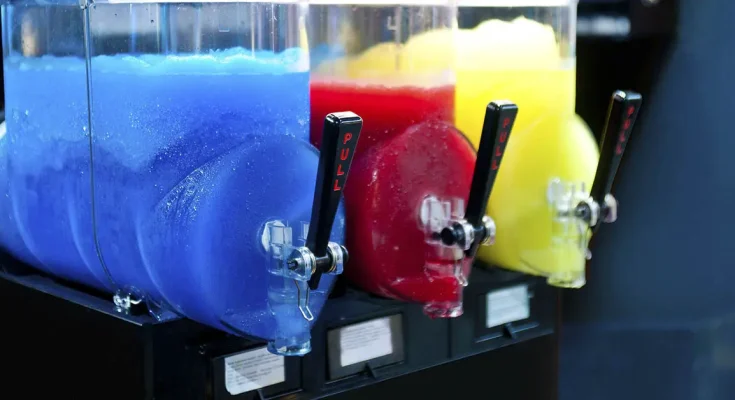It was supposed to be a fun day for Albie, a four-year-old from Warwickshire, UK. He had just been given a strawberry-flavored slushy during a visit to a local bowling alley. Little did his parents, Beth Green and Fred Pegg, know that this treat would soon turn into a nightmare.1
As Albie and his friend enjoyed their slushy drinks, everything seemed fine. But within an hour of finishing it, Albie’s behavior changed dramatically. Beth recalled how her son went from “cheerful to agitated and fatigued in the blink of an eye.” They brought him to the hospital as Albie had lost consciousness.
The journey to the hospital was a blur for Beth and Fred, watching their son’s condition worsen. Medical staff worked to stabilize Albie as his heartbeat just got lower and lower. Beth described the moments as agonizing while they waited, praying for Albie’s recovery.
After three long days in the hospital, Albie showed improvement. Doctors linked his condition to glycerol intolerance, which unfortunately was worsened by the slushy drink he had consumed earlier that day. Although they wre relieved with Albie’s recovery, Beth and Fred couldn’t shake off the trauma of nearly losing their son to a seemingly harmless beverage.
The Hidden Dangers of Slushy Drinks
Glycerol, a common ingredient in slushy drinks in the UK, poses significant risks to young children. Since the drink is so common and easily accessible, excessive consumption can happen and can lead to severe symptoms such as shock, hypoglycemia, and loss of consciousness.2
In response to other incidents like Albie’s, the Food Standards Agency (FSA) has issued strict guidelines surrounding consumption. These include refraining from selling slushy drinks to children under four and restricting free refill promotions to those under 10, aiming to lower the risks associated with glycerol intake.3
Parents like Beth and Fred are leading the charge for greater awareness and stricter regulations. They are not shy to speak on the need for heightened vigilance when it comes to children consuming slushy drinks and advocating for policies that prioritize child safety.4
Albie’s ordeal is a sobering reminder of the hidden dangers lurking in everyday treats, paired with the fragility of our children. With glycerol intoxication in children being cracked down on, parents and retailers need to come together to safeguard children.
Through increased awareness, strict regulations, and continued unwavering advocacy, future tragedies can be prevented and every child can be able to enjoy treats without risking their health and safety. Albie’s story may have had a happy ending, but it serves as a wake-up call for us all.
Read More: Doctors Issues Warning Over Wearing Claw Clips
Sources
- “Four-year-old becomes second child in weeks to collapse and almost die from drinking slushy drink.” Lad Bible. Joe Harker. February 5, 2024.
- “Slush ice drinks linked to Illness in children.” Food Safety News. June 10, 2023.
- “‘Not suitable for under-4s’: New industry guidance issued on glycerol in slush-ice drinks.” Food. September 21, 2023.
- “Why iced slushy drinks can be dangerous for children.” News. Alexandra Feiam. February 7, 2024.



